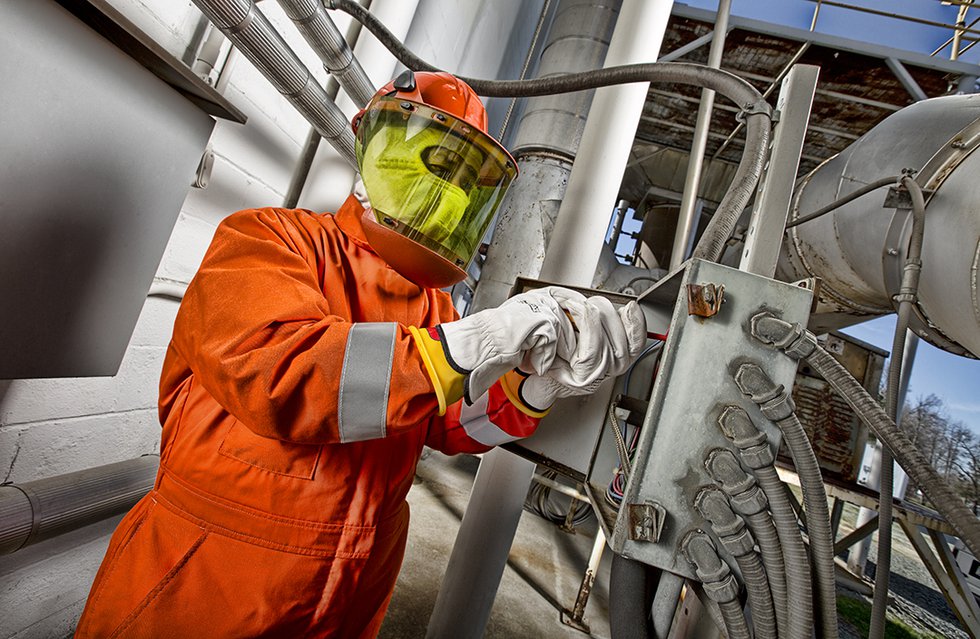
When PPE becomes the method for mitigating the possibilities of either arc flash or flash fire, even the most flawlessly-engineered garment will fail to protect if it is not worn compliantly. When garments are uncomfortable or don’t fit properly, wearers are more likely to take shortcuts that ultimately compromise their own safety. By specifying AR/FR garments that are comfortable, durable, and versatile, you can ensure that workers stay safe and compliant in any condition.
Whether in the frozen winters of North Dakota or a sweltering summer in Texas, comfort is critical to AR/FR garment compliance. By specifying garments made from lightweight, breathable fabrics you’ll be helping to ensure that your team has every advantage against harsh weather conditions. In the summer, heat stress can lead to devastating consequences for workers who spend most of their day outside. From accident-inducing confusion to headaches, muscle cramps, and nausea, heat stress is a critical threat to workers during the hotter months of the year, and offering breathable clothing is one way to prevent it from wreaking havoc on your team. And when workers are battling sub-zero conditions, keeping moisture away from the skin can help prevent frostbite and hypothermia from interfering with the task at hand. Many of today’s innovative AR/FR garments feature advanced wicking capabilities that keep wearers cool and dry, drawing moisture away from the body and dispersing it into the air where it can evaporate. The more comfortable their workwear is, the more likely they are to wear it compliantly.
Aside from comfort, the durability and performance of a garment are other factors in wearer compliance. When dirt, sweat, and grime are all a part of a day’s work, your AR/FR should be able to stand up to the conditions in which it will be used. Whether your team takes their AR/FR home to wash or you utilize an IL to ensure the proper care and maintenance of their garments, their AR/FR should hold up during the laundering process without degrading the safety of the garment. A lot of AR/FR gear is treated with a topical chemical solution that gives it a layer of protection from things like arc flashes or flash fire. But when those garments are exposed to repeated wear-and-wash cycles, this treatment may break down, dramatically reducing the garment’s safety properties. Specifying garments whose flame-resistant properties are inherent to the very fibers of the clothing is one way to provide enduring protection. Many of today’s top AR/FR garments are also manufactured with solution-dyed fibers to enhance color retention, meaning that a worker’s uniform will not only stay protective longer, but it also won’t look old and worn out, either.
There is never a one-size-fits-all approach when it comes to AR/FR. Because your work is application-specific, your AR/FR should be too. But that doesn’t mean your AR/FR can’t be versatile. Some of today’s top garments come in a range of vibrant colors that go beyond traditional colorways. When PPE is engineered and designed with the application and wearer in mind, it’s a win-win for everyone. Investing in quality PPE fabric is beneficial to a sustainable, high-quality safety program—in addition to keeping your workers safe and compliant.
There are many variables that you can’t control in the field, but you can control compliance. Because it’s not what your workers wear, it’s how they wear it. And workers that are in AR/FR that is comfortable, durable, and versatile are more likely to wear their garments safely and compliantly, no matter what condition or task they are up against.







